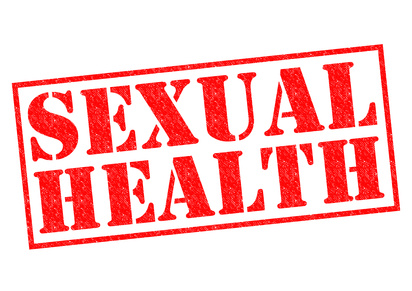What do you think of when you hear ‘sexual health’?
This is a question put to people in a qualitative research project on sexual health and wellbeing. Overwhelmingly, people said bugs and babies. In the project, men and women age 18-40 years were asked about a range of topics, including physical violence and sexual violence. Our question that sought to find out people’s understandings of sexual health came after all of those questions yet still people equated sexual health with avoiding STIs and pregnancy.
I fully appreciate that disease avoidance is high on people’s minds when they think of sexual health, as it has been a dominant narrative pushed by public health for years. However, the World Health organisation’s definition (although not officially endorsed) of sexual health is
“…a state of physical, emotional, mental and social well-being in relation to sexuality; it is not merely the absence of disease, dysfunction or infirmity. Sexual health requires a positive and respectful approach to sexuality and sexual relationships, as well as the possibility of having pleasurable and safe sexual experiences, free of coercion, discrimination and violence. For sexual health to be attained and maintained, the sexual rights of all persons must be respected, protected and fulfilled.” (WHO, 2006)
Such a holistic definition has been taken up in policy frameworks, including the Scottish Sexual Health and Blood Borne Virus Framework 2015-2020, developed to promote key outcomes including STIs and unintended pregnancies, inequalities, and violence against women but also to encourage a cultural shift in norms and attitudes.
Going beyond ‘bugs and babies’
In our DeMaSH project (Deprivation, Men and Sexual Health) we did not view sexual health in narrow terms, but embraced the notion of holistic sexual health. We are very much entering the terrain of wellbeing here too. Why does all of this matter?
If to have good sexual health you need to have knowledge of contraception, STIs and health services then ensuring that people have sufficient knowledge to make decisions and enact behaviours is important. What if a woman is in an abusive relationship? She may have good knowledge but the intimate partner violence may cause her to lack control over her reproductive health. Here, it is important to understand people’s substantive freedoms not just what they do, or what they know. What is meant by this? Well, do we only think that it matters what people do? What about what people are capable of doing? If we place an emphasis on the latter, then it matters that people have a certain level of capability for good sexual health and wellbeing. Having the ability to choose one’s contraception or access a health service for contraception becomes important, even if none is used. If we ask people about using contraception and not whether they feel able to then we miss useful data. An individual in a coercively controlled relationship is unlikely to report good sexual wellbeing, so asking about what they are capable of achieving tells us so much more than if we focus on what they do (e.g. behaviour) or have.
We are entering the terrain of ‘capabilities’ here. Amartya Sen proposed the Capabilities Approach as a framework for wellbeing evaluation. The Capabilities Approach is a multidimensional framework, that enables an evaluation of wellbeing in terms of people’s real freedoms and opportunities to lead a life they have reason to value. It is less about focusing on what people do (functionings) than what they are able to achieve (capabilities), given a combination of personal abilities, the political, social and economic environment. Amartya Sen’s well know example is the fasting priest compared to the starving man: each arguably has similar deficiencies in nutrition (functioning) but their capabilities differ with one able to be fed.
Sexual wellbeing is multidimensional and multifaceted. However, to date it has largely been thought of in terms of functioning and/or satisfaction. This is a narrow view of sexual wellbeing. Gender norms, discrimination, ageism, stigma etc are all important here. Thinking about the social determinants can help us think through the various influences on sexual wellbeing. Is it time to start thinking about what people are capable of doing and achieving and not just what they actually do and have? Might this open up our evaluative space to take account of people’s real freedom to flourish?

